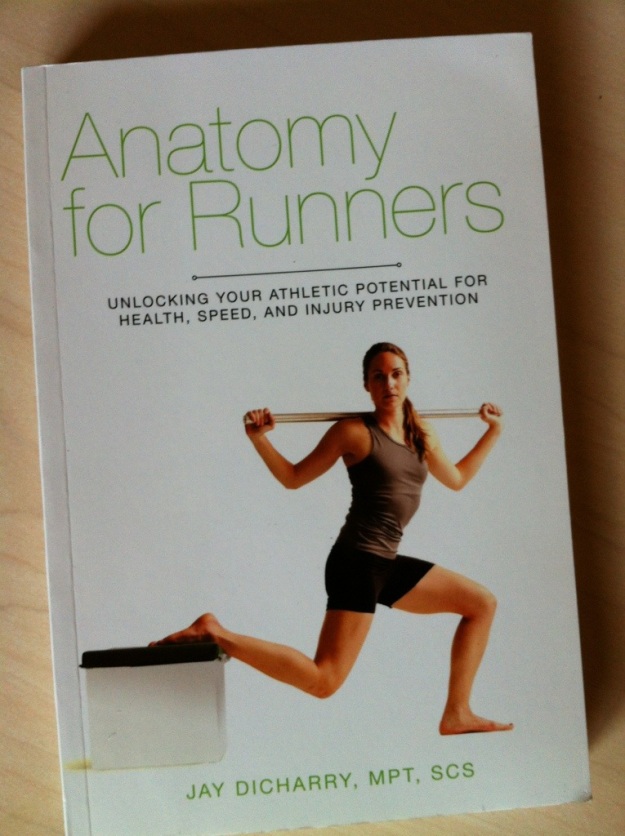OK gang – let’s say that you are an athlete who has to stand on one leg at some point in your sport. This could be running straight ahead, cutting laterally on the soccer field, jumping up for a rebound during a game of pick up – literally any weight bearing sport! You need to learn how to properly USE your foot. So many running athletes don’t have proper coordination of muscles inside their foot. If you can’t move your foot, your foot position will fall apart when running, jumping, cutting, and anything else you do.
What’s the secret?
#1 – understand your foot. Years ago, I made this video for Running Times. The focus was on how to prepare your foot for minimal running shoes (because that was the trendy thing to talk about at the time) but let’s be 100% honest here – the criteria I point out are valid and critical for ANY running athlete. So take a look at it, and make sure you can separate out the “right way” to use your foot muscles. Yes, its hard for most of you, and yes it gets better really, really quickly if you invest a few minutes a day. If you want more, check out my interview with Ryan at MOVEMENT FIX where we talk in depth about how feet work, and how to make your work better!
#2 – buy a MOBO Board
This is a 2021 update. In the past I recommend a rocker board…..but those still let you cheat the way your foot works. I saw a problem in need of a fix, and developed, patented, and launched MOBO. Yes, I made the thing your body needs, yet you didn’t know exists. Want to become durable? Want to become BETTER? Want to improve your performance? Check out moboboard.com and see what you can do to improve your connection point to the ground – your feet!!!
Note – the rocking motion in MOBO is quite different than a “wobble” board. A rocker board pivots around 1 single axis and is great to “train” proper foot stability. A wobble board is essentially a ball on the bottom of the board and is completely unstable in all directions. Sure, a wobble board is more unstable, but its one situation where more instability isn’t better. And the cur out for your toes take the experience to another level entirely, and doesn’t allow you to “cheat” with the muscles in your calf and cues you to use the muscles IN your feet! Get a MOBO board, and have fun improving your balance!



